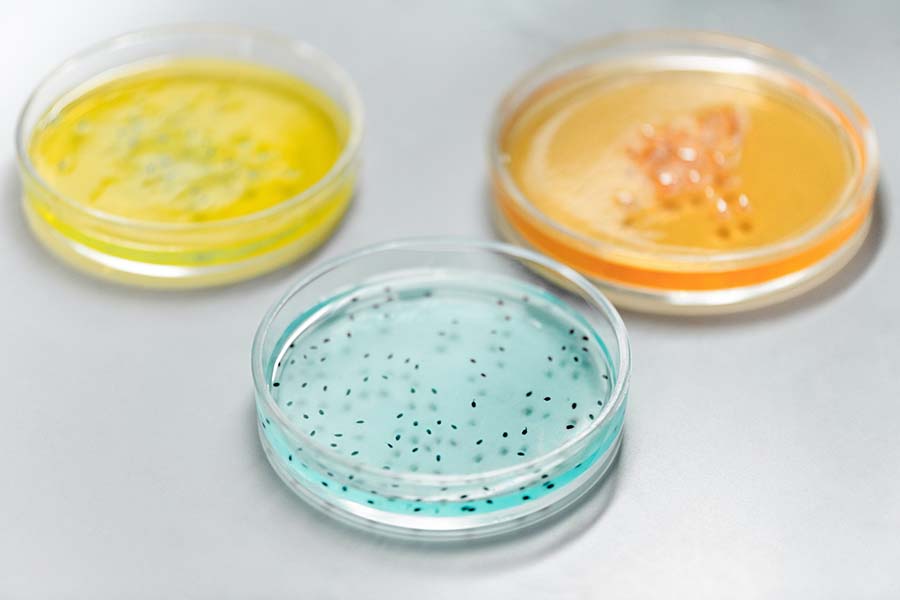Did you know that raw milk is used as medicine?
Few people know that clean, raw milk from grass-fed cows was actually used as medicine early in the last century. Milk that comes directly from the breast, which is a kind of “stem cell” of food, was used as medicine to cure some serious chronic diseases. From the time of Hippocrates until just after the Second World War, this “white blood” fed and healed countless millions.
Clean raw milk from properly fed cows is a complete and properly balanced food. If necessary, you can live on cow’s milk only. What makes it so great? Let’s take a look at its ingredients together to see what makes it such a powerful food.
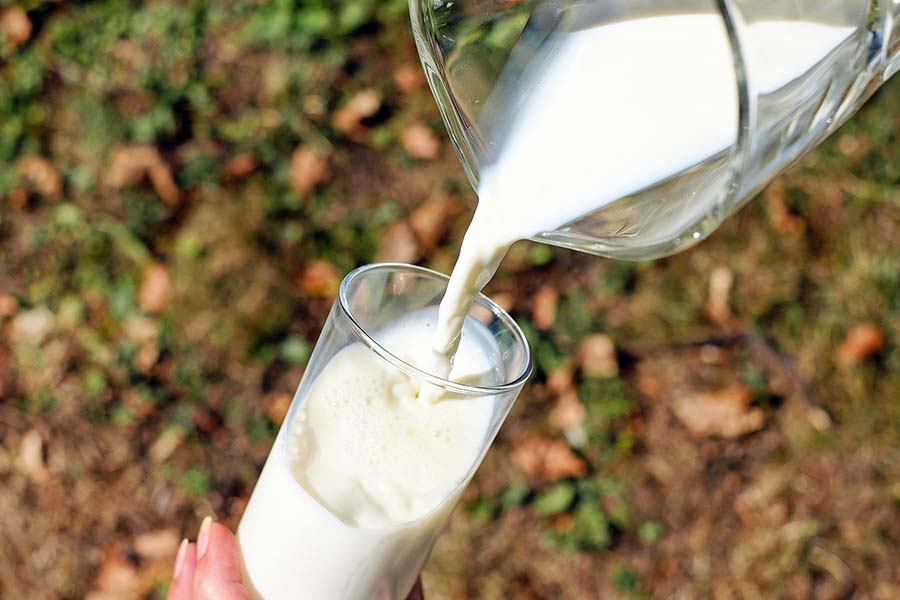
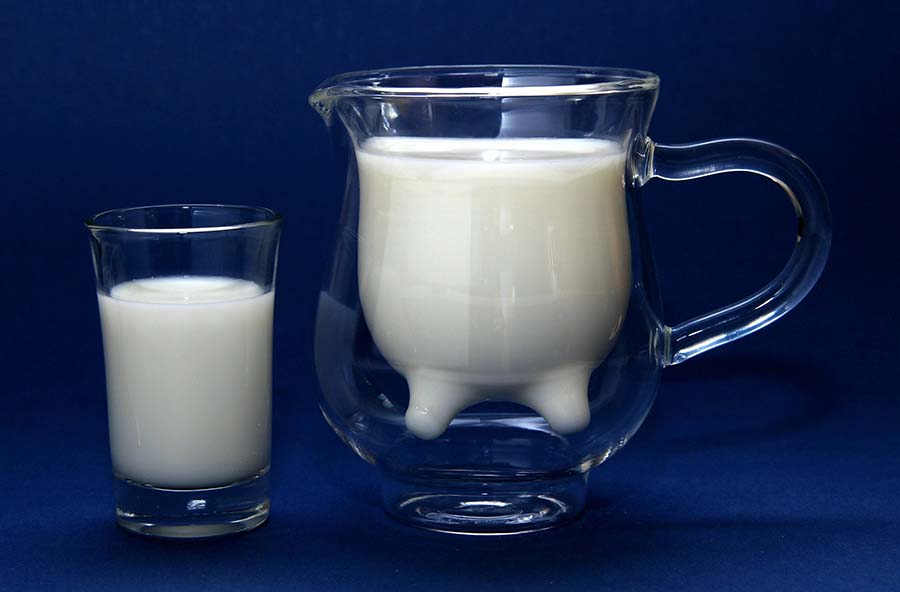
Protein
Our bodies use amino acids as the building blocks for protein. Depending on who you ask, we need 20-22 of them for this task. Eight of these are considered essential because we need to get them from our food. We can make the remaining 12-14 from the top eight via complex metabolic pathways in our cells.
Raw cow’s milk has all 8 essential amino acids in varying amounts depending on the stage of lactation. About 80% of the protein in milk is casein – it is reasonably stable in heat and easy to digest for most people. The remaining 20% are classified as whey proteins, many of which have significant physiological effects (bioactivity). Also easy to digest, but very heat sensitive, these include key enzymes (special proteins) and enzyme inhibitors, immunoglobulins (antibodies), metal-binding proteins, vitamin-binding proteins, and various growth factors.
Current research focuses on protein fragments (peptide segments) hidden in casein molecules that exhibit anti-microbial activity.
Lactoferrin, an iron-binding protein, including (as you can imagine) enhanced iron absorption and assimilation, anti-cancer properties, and anti-microbial action against various types of bacteria responsible for dental cavities. It has numerous useful features. Recent research also reveals that it has powerful antiviral properties.
Two other players in the antibiotic protein/enzyme arsenal of raw milk are lysozyme and lactoperoxidase. While lysozyme can actually break down the cell walls of some unwanted bacteria, lactoperoxidase works with other substances to help destroy unwanted microbes as well.
Immunoglobulins, an extremely complex class of milk protein, also known as Antibodies, provide resistance to many viruses, bacteria and bacterial toxins and can help reduce the severity of asthma symptoms. Studies have shown significant loss of these important disease fighters when milk is heated to normal processing temperatures.
Carbohydrates
Lactose, or milk sugar, is the primary carbohydrate in cow’s milk. Made from one molecule each of the simple sugars glucose and galactose, it is known as a disaccharide. People who are lactose intolerant for one reason or another (age, genetics, etc.) can no longer produce the enzyme lactase and therefore cannot digest milk sugar. Raw milk with intact Lactobacilli bacteria that digest lactose may allow people who have traditionally avoided dairy to give it another try.
The end result of lactose digestion is a substance called lactic acid (responsible for the sour taste in fermented dairy products). In addition to having known inhibitory effects on harmful bacterial species, lactic acid increases the absorption of calcium, phosphorus and iron and has been shown to make milk proteins more digestible by expelling them from solution as fine curd particles.
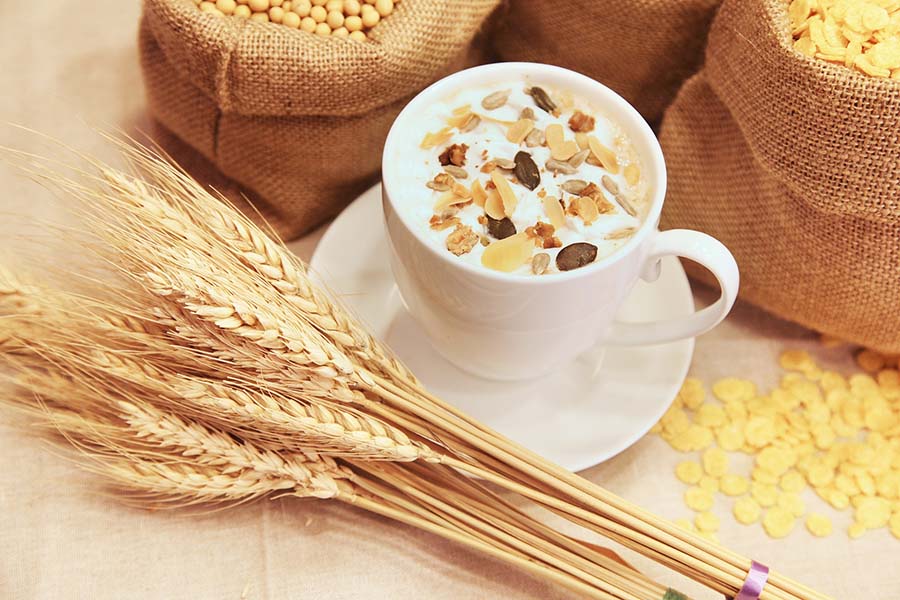
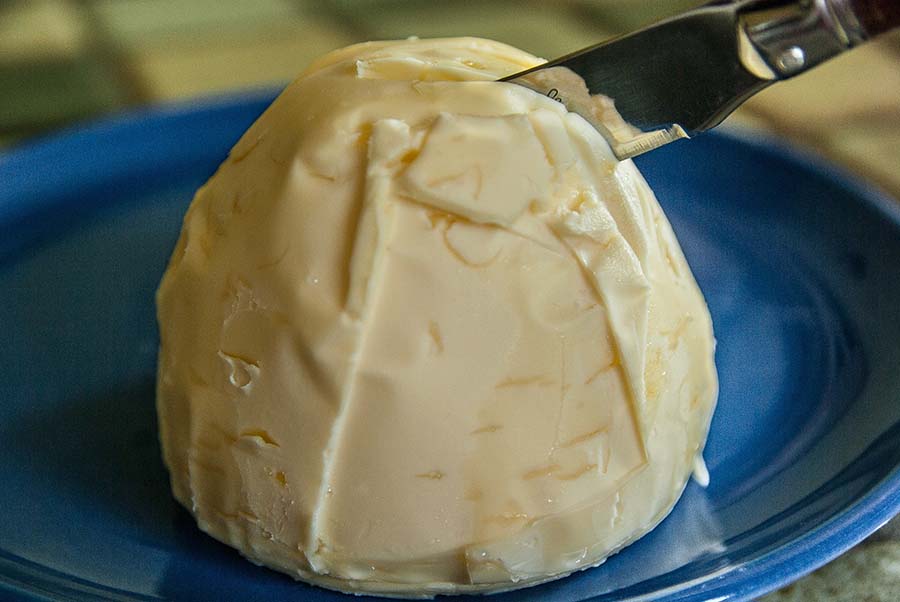
Fat
About two-thirds of the fat in milk is saturated. Saturated fats play a number of key roles in our bodies: from building cell membranes and key hormones to providing energy storage and filling for sensitive organs, to acting as a vehicle for important fat-soluble vitamins.
All fats cause our stomach lining to secrete a hormone (cholecystokinin or CCK), and this hormone lets us know we’re eating enough, as well as increasing the production and secretion of digestive enzymes. When this trigger is removed, skim milk products and other nonfat foods can potentially contribute to overeating.
Before the discovery of the hydrogenation process (to solidify oils by pumping hydrogen gas into them, e.g. margarines) and canola oil (from genetically modified rapeseed), corn, cottonseed, safflower and soybean oils, dietary fats, the overwhelming majority of fats in human diets came from animal sources. (Before about 1850, animals in the US weren’t fed much corn or grains). Use of butter, tallow, poultry oils, fish oils, tropical oils such as coconut and palm, and cold-pressed olive oil was also higher than levels seen today.
We know that very few people died from heart disease before 1900. The introduction of hydrogenated cottonseed oil (laden with trans fat) in 1911 led to a shift away from healthy animal fats and an explosion in cardiovascular disease, which millions of people continue to suffer today.
Short for Conjugated linoleic acid and abundant in grass-fed cow’s milk, CLA is a well-studied, polyunsaturated compound with promising health benefits. It is an Omega-6 fatty acid. Judging by the hundreds of magazine articles that have been published, it definitely works wonders for rodents! CLA has some serious money behind it, so there’s a definite bet that there’s something going on with it.
Among the many potential benefits of CLA: It increases the metabolic rate, helps to remove belly fat, accelerates muscle growth, reduces insulin resistance, strengthens the immune system and reduces food allergy reactions.
Vitamin
Volumes have been written about the two groups of water- and fat-soluble vitamins and their contribution to health. All raw milk has it all and they are completely ready for your body to use. Whether you’re regulating your metabolism or assisting with biochemical reactions that release energy from the food you eat, it’s all present and ready to work for you.
Again, nothing should be added to raw milk, especially milk from grass-fed cows, to make it whole or better. We do not add any additives to our milk. Ali Baba Milk is a complete food.
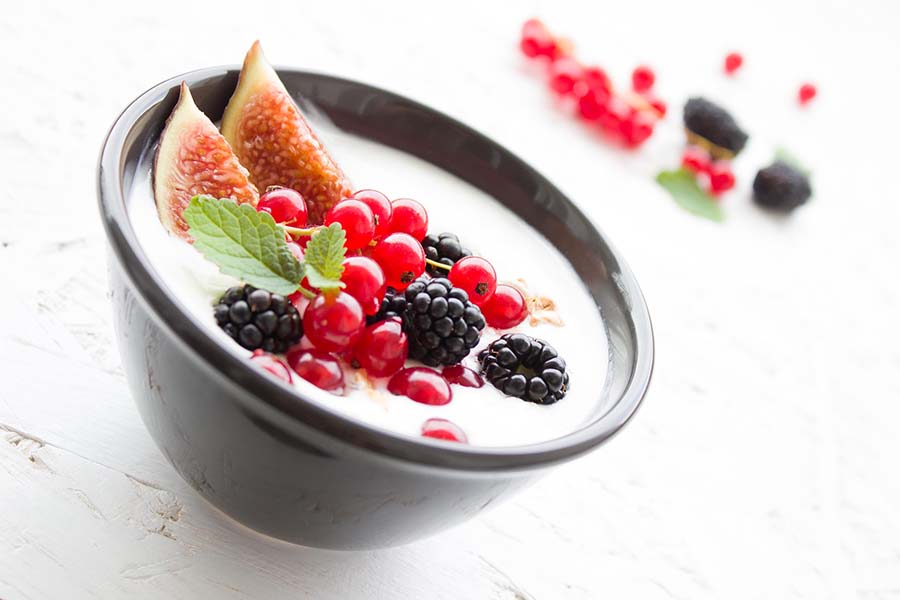

Minerals
Our bodies are incredibly complex, each with a biochemistry as unique as our fingerprint, so discussions of minerals or any nutrients for that matter should be concerned with intervals rather than specific quantities. Raw milk contains a wide range of fully present minerals, from known calcium and phosphorus to trace elements, some of which function is still unclear.
An example of the health benefits of calcium, an important element found in abundance in raw milk, includes: reduction in cancers, especially in the colon: higher bone mineral density in people of all ages, lower risk of osteoporosis and fractures in older adults; reduced risk of kidney stones; formation of strong teeth and reduction of tooth cavities are a few of them.
An interesting property of minerals as nutrients is the delicate balance they need with other minerals to function properly. For example, calcium needs an appropriate ratio of phosphorus and magnesium, two other macronutrients, in order to be used properly by our body. Guess what an interesting balance there is in raw milk? The whole array of minerals in raw milk are in proper balance with each other so that we instantly reap all of its benefits.
Enzymes
More than 60 (known) fully intact and functional enzymes in raw milk have an incredible array of tasks, each of which is required to facilitate a key reaction. Some are specific to milk and others come from beneficial bacteria growing in milk. Even just following them requires a postdoctoral degree!
The most important health benefit from food enzymes is the load they take from our body. When we eat a meal that contains enzymes devoted to its own digestion, there is much less work for our pancreas. If given the option, our working organs would engage themselves in making metabolic enzymes and insulin and allow food to digest itself.
Amylase in raw milk, lactase produced by bacteria, lipases and phosphatases break down starch, lactose (milk sugar), fat (triglycerides) and phosphate compounds, respectively, making milk more digestible and releasing important minerals. Other enzymes, such as catalase, lysozyme, and lactoperoxidase, help protect milk from unwanted bacterial infection, making it safer for us to drink.
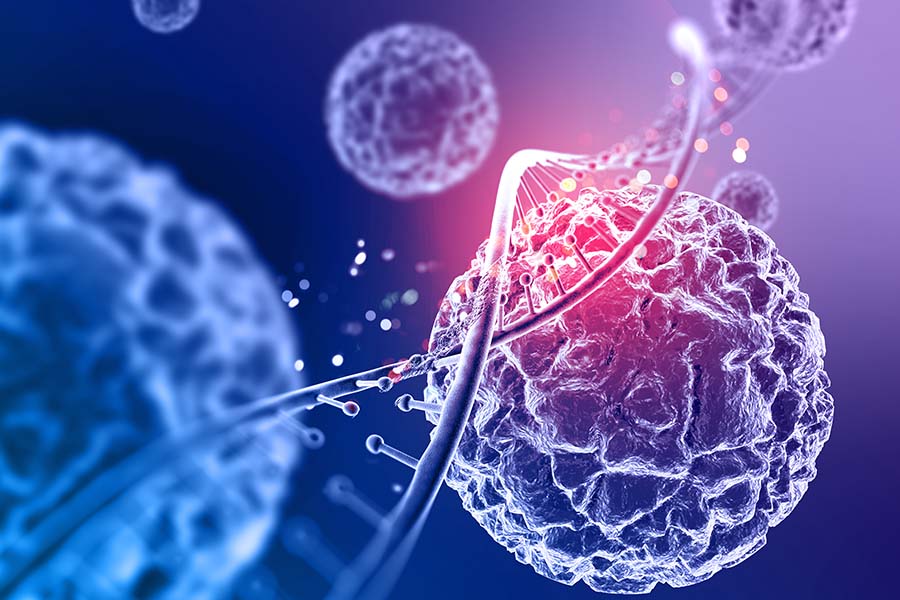
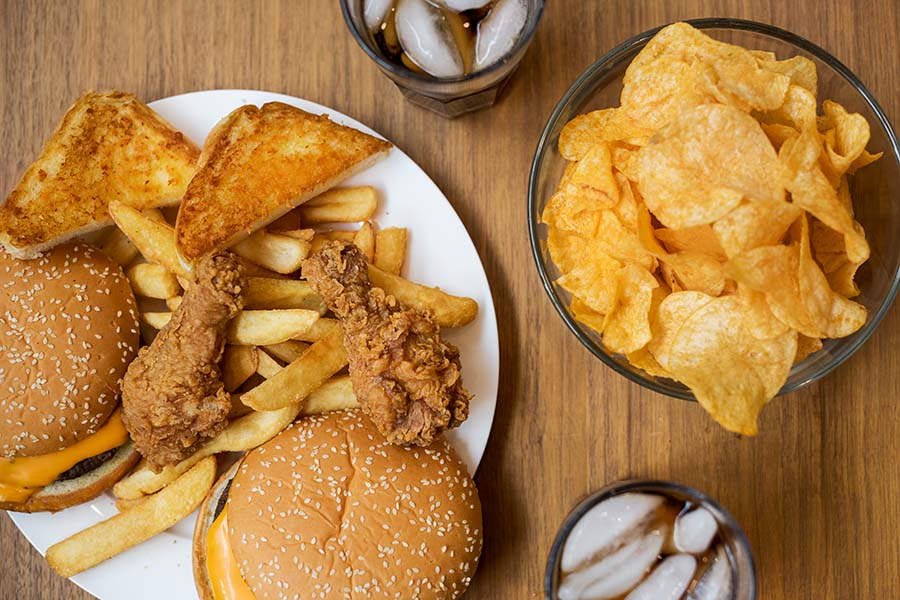
Cholesterol
Milk contains about 3 mg of cholesterol per gram – that’s a pretty good amount. Our bodies make most of what we need, the amount depends on what we get from our food. Eat more, do less. In any case, we need it. Another proof of why raw milk can be the only food source!
Cholesterol is a protective/repairing agent. A waxy plant steroid (often combined with oils), our bodies use it as a form of waterproofing and as a building block for a number of important hormones.
It is natural, normal and necessary for it to be present in our brain, liver, nerves, blood, bile and even in every cell membrane. The best analogy I’ve heard of the supposed causal effects of cholesterol on the clogging of our arteries is to blame it on the police, because they’re always on the scene.
Beneficial Bacteria
During the fermentation process, several naturally occurring or added bacteria species (Lactobacillus, Leuconostoc, and Pediococcus to name a few) transform milk into an even more digestible food.
With high levels of lactic acid, multiple enzymes and increased vitamin content, ‘sour’ or fermented dairy products like yogurt and kefir (actually made with bacteria and yeast) provide numerous health benefits for savvy people who consume them. As acid lovers, these helpful little creatures make their way through the acid environment of their stomachs safely to their intestines, where they really start to work their magic.
Once it reaches our gut, some produce enzymes that help break down proteins – a real benefit that is invaluable for people with weakened digestion, whether from advanced age, medication side effects or illness.
Other types work on fats by making lipases that break triglycerides into usable parts. Others take milk sugar, lactose, and make lactic acid from it, using fancy enzymes such as beta-galactosidase, glycolase, and lactic dehydrogenase.
As we mentioned in the Carbs section above, it may be a good thing to have lactic acid work in your lower zones. Remember? It improves the absorption of calcium, iron and phosphorus, breaks down casein into smaller pieces and helps eliminate bad bacteria.
